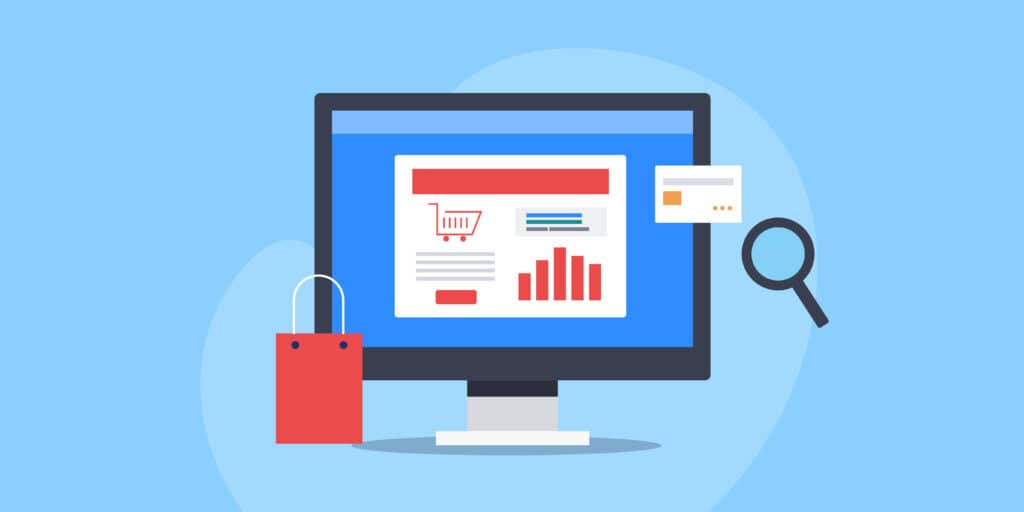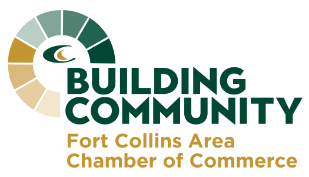
Every business has a unique audience, and even if you have a good idea of who your core customer base is, you may not know its full extent. Even if you do, reaching them online may not be as straightforward as you think; your online audience may not always behave in the way you think, and if you’re only focusing on search engines, you may be missing chances to engage them at their favorite digital haunts.
This post will outline some specific ways you can fully “know” or discover not only the full extent of your target audience and where they spend their time online, but also how your audience searches and interacts with competitors. A more complete understanding of your audience ultimately helps you engage and sell your products and services to as much of it as possible, making your advertising dollars go even further.
Understanding Your Audience
Before beginning any kind of digital marketing campaign, you need to know not only who you’re trying to reach but also where they spend their time online. This starts with knowing who you’re reaching already and how they’re getting to your site.
For this, you can use query data from Google Search Console to see what people are typing in to get to your site, as well as what pages are appearing on search engine results pages (SERPs). You can also create a free Google Analytics account to collect data from users once they get to your site, such as what pages they visit most frequently, how long they stay on a given page, their geographic location, what devices they use, and other insights that can help further define your audience.
For even more in-depth data on your website as well as your competitors’ sites, you can pay for access to third-party marketing platforms like Semrush or Ahrefs to get real-time search engine rankings and a variety of comparative metrics that help you better understand what your competitors are doing online and how to get ahead of them.
Beyond Google: Meet Your Audience Where They Are
Once you know who you’re already reaching and how, you can start identifying who you want to reach but aren’t. You need to figure out where they are online so you can be there, too. For example, if you’re trying to reach more 18-25 year-olds and you’re thinking of doing a social media ad campaign, it would be helpful to know that 22% of Facebook users and 36% of TikTok users are in the 18-25 age range, according to these social media demographics insights from Sprout Social. In that case, your ad dollars would probably reach more of your target audience on TikTok instead of Facebook.

Additionally, your audience may not just be on search engines and social media; for instance, most people might not realize that YouTube is currently the world’s second-largest search engine after Google. Marketing giant HubSpot has even released data showing that ROI from YouTube advertising surpasses that of both Facebook and Instagram, so you may be neglecting a large chunk of your audience by not advertising there. Reddit, too, has more than a billion monthly visits—and 18-29 year-olds account for 64 percent of that traffic—so if you’re only on Google, you could be missing out.
Additional Considerations: User Behavior & Search Intent
With organic digital marketing like search engine optimization (SEO), it’s also important to consider location and search intent. It’s not just important that people are searching for your products or services online; it’s also important how they search.
For example, you may offer residential painting services, but most people don’t type in “residential painting.” Instead, they’ll just type “painters” or “house painting near me.” Because Google and other engines know that people search locally for things like home services, you don’t need to add the “near me” in your site content, but you should be aware of the most popular keyword variants for your service or products and include those in your content.
When it comes to business painting, however, business owners are more likely to type “commercial painting” into the search engine instead of “storefront painting” or “building painting:”
Understanding search behavior is key for business-to-business SEO, too. For example, even though your business may cater to several distinct industries, most people do not search by industry, e.g. “restaurant cleaning service”—they’re more likely to use the broader phrase “commercial” before the service name:
The local vs. national search component is also something that is often overlooked by businesses because they simply want to rank for the most-searched keywords. But just because a keyword gets a lot of monthly searches, doesn’t mean people near you are searching for it, or they may be searching for it in a completely different way than you think.
For example, the keyword “coffee subscription” is a high-volume, nationally searched keyword—most people typing this into search engines are looking to explore coffee subscriptions from anywhere in the country. If your coffee shop only does local subscriptions, however, and you want to increase them by ranking for “coffee subscription,” you will likely get a bunch of impressions and maybe even some clicks, but not a lot of subscribers. That’s because most people who see your site in the search results for that keyword likely aren’t from your area, so they bypass your subscription service because they don’t live by you.
Even though the number of monthly searches is lower, if you’re the coffee shop owner here, you’re better off targeting the keyword “local coffee subscription” in your content, because your service matches the search intent:
A great way to see how Google showcases different keywords in different areas is to use a geolocation extension. GS Location Changer is a free Chrome extension and Firefox add-on that lets you change your Google search location to view localized SERPs for a specific area. For example, if you live in Denver, you can see live search results for “dental insurance in California.” Google can give you precisely what you are looking for; sometimes, all it takes is a quick search.
Matching search intent is critical to successful SEO (“success” here meaning not just impressions and clicks but more sales) even if it means going after keywords that don’t get a ton of monthly searches. If your SEO strategy is properly executed, a higher percentage of those users will convert to customers because you are fulfilling their need instead of trying to show up again and again for users who aren’t going to convert because they’re looking for something else.
Beyond Blue Media: A Trusted Partner for Knowing & Reaching Your Audience

This article is merely an introduction to understanding your target audience. There are countless ways to gain a better understanding of your ideal customer group, as well as their online behavior and search intent, and how they interact with your competitors.
At Beyond Blue Media, our local marketing team has extensive knowledge of audience research techniques and best practices, so if you want to know the full extent of your online audience and how to grow it, contact us today for a digital marketing consultation.



